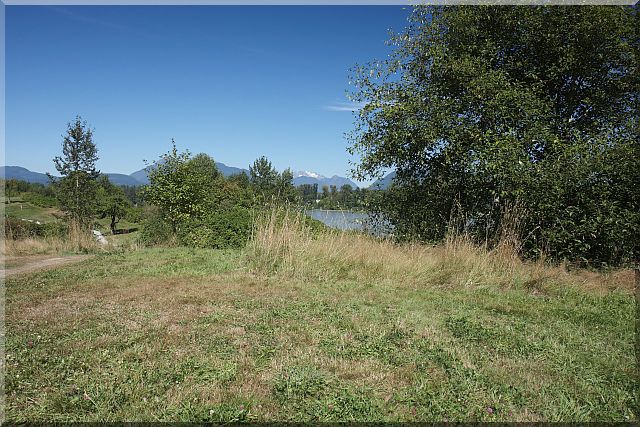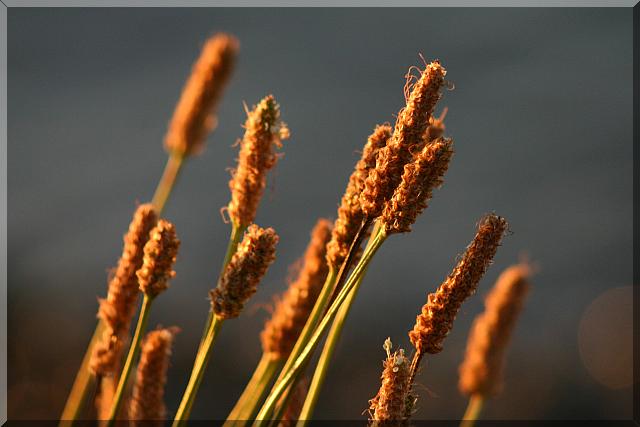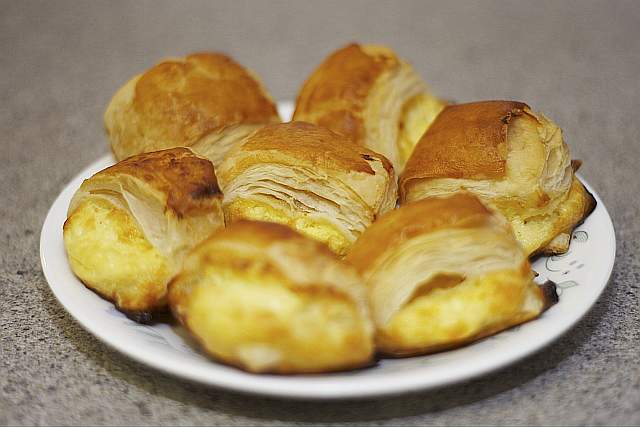When I started my posts discussing the camera basics I was tempted to describe the optical phenomena, write some equations and derive from them all the consequences that a photographer should know. It is the Engineer inside of me that likes this way of learning. Without a doubt, knowing the science of image capture – a combination of optics, mechanics and electronics – is useful. However, there are a lot of free sources of good information that will provide you the kind of insight I just mentioned. Take, for example, Wikipedia: all the terms are explained, equations are displayed, good examples are provided… Why would I repeat here the same things?
This is the reason why I decided to use a more artistic approach through real photos taken, not necessarily for this blog, but for the pleasure of photography as a hobby.
The depth of field is a great artistic tool that relies on few simple rules:
- the shorter is the focal distance, the larger is the DOF (this rule has a catch as we will analyze later in a different post);
- the smaller is the aperture, the larger is the DOF (see the next rule for the catch);
- for obtaining the largest DOF, consider the optimal aperture (usually F8 to F11 for most cameras) to obtain the best results;
- in general, large DOF works best for landscapes (there are obviously exceptions);
- small DOF works nicely for portraits, flowers, insects, still life where selective focus is used as a way to emphasize the subject;
- the DOF beyond the subject is always greater than the DOF in front of the subject (something good to remember from time to time).
Other secondary rules can be mentioned; however, discussing them now will only bring confusion so early in the game.
The next examples will put these rules to work. Remember, a camera with manual controls is required in order to try everything successfully.
Example 1: Landscape, short focal distance (17mm), optimal aperture (F8). The result is maximum DOF – everything in this photo looks sharp.
Example 2: Landscape, longer focal distance (55mm), large aperture (F3.2). The result is a shallower DOF – the spikes from the grass in the foreground appear blurred while the middleground and the background are sharp.
Example 3: Nature, long focal distance (170mm), relatively large aperture (F5.6). To achieve such a long focal distance, a telephoto zoom was chosen. The result is a very shallow DOF – the background is indistinguishable. Not even all the spikes in the foreground are in focus. How shallow is the DOF here? Maybe 1…3 cm (1/2…1”).
Example 4: Food (pastry), average focal distance (50mm), very large aperture (F1.8). To obtain such a large aperture the choice was a prime lens (fixed focal distance); a zoom with a larger aperture than F2.8 isn’t usually available. Keep this in mind when you need shallow DOF at relatively small focal distances. The result is interesting, in the sense that you can see the transitions from one area to another (blurred-sharp-blurred) just by looking at the pattern of the table where the plate is sitting.
For those with automatic cameras: it must be disappointing not to have the ability to select the aperture you want. Well, there is something most automatic digital cameras provide: macro mode (good for flowers, insects, small objects in the close proximity of the lens) and. if possible, changing the focal distance through the zoom button (a relatively large zoom range 5x…10x is preferred in this case).
In a separate post I will return to DOF and automatic cameras with examples. While more difficult to achieve the same results, it is actually possible to control your DOF in some degree just by understanding better the automatic camera that you own. And if you don’t own one yet, look for a compact camera with manual controls or for a DSLR to unleash your inner artist. But, even better, wait for few more posts and I will offer you some advice in preparation for the big step: buying your first camera with creative features – for every budget there is one!
In the next post I will insist more on the focal distance and its role in obtaining artistic results. Stay tuned…




